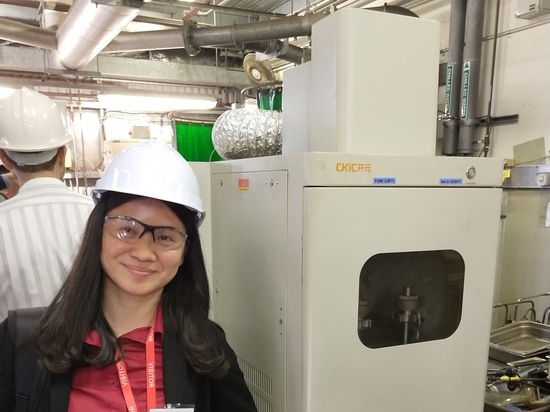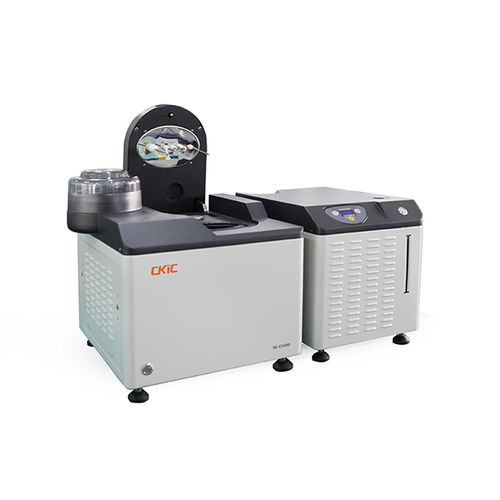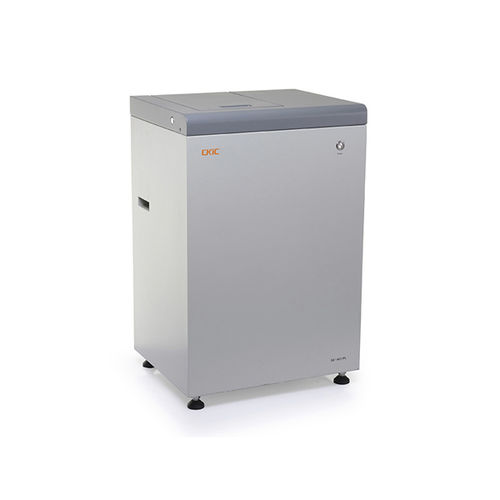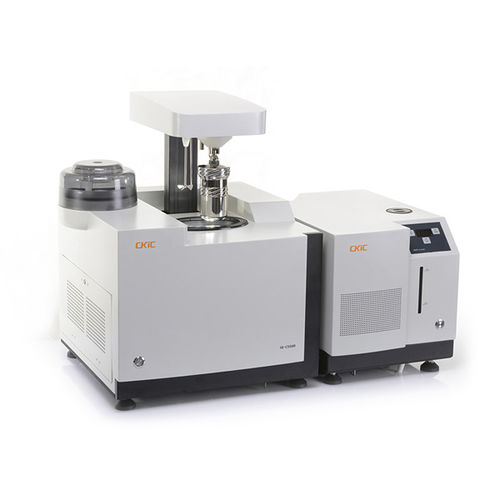
#Industry News
Calorific Value Testing in Solid Biofuel
calorimeter
Sample preparation
Crush the sample to be less than 1mm, and mix well. Due to the low density , it’s better to press the sample into pellet with mass around 1g±0.1g .
Instrument
5E-C5500 Automatic Calorimeter, 5E-C5508 Automatic Calorimeter
Accessories
Benzoic acid with specified calorific value
99.5% pure oxygen (Note: electrolytic oxygen is not allowed to be used)
Combustion bag
Lens paper
Note: the calorific value of combustion bag and capsule should be determined before test as additive heat.
Instrument Setting
Additives’ calorific value setting
Charging pressure adjustment
Ignition wire calorific value setting
Standard choosing
Method Approval
CEN/TS 14918 GB/T 30727 ASTM E711
Procedure
1. Check the gas leak of the bomb.
2.Condition the instrument as below:
a) Enter the analysis interface and preheat the instrument in advance for at least three times.
b) Do a waste sample after preheat.
c) Test a benzoic acid sample to check the instrument.
3. Weigh the sample pellet or by the filled combustion bag or wrapped with lens paper, in the crucible, with a weight around 1g which nearest to 0.1mg.
4. Fasten the ignition wire tautly between the electrodes in the bomb.
5. Add a defined amount of distilled water to bomb. (Water amount: 1mL when CEN/TS 14918 and ASTM E711 are applied, 5mL when GB/T 30727 is applied.)
6. Assemble the bomb and charge Oxygen into bomb. (For CEN/TS 14918, charging pressure 3.0 MPa±0.2MPa. For GB/T 30727, charging pressure is from2.8MPa to 3.0MPa. For ASTM E711, charging pressure is from 2.03MPa to 3.04MPa.)
7. Put the bomb into instrument, and input the sample weight and additive weight to the software and then analyze the sample.
Note:
1. For some sample with low density and easy splashing, sample weight can be reduced,
2. Anti-halogen oxygen bomb is recommended for bio-fuel testing.









